Home>Technology>Security & Surveillance>How To Change Code On Yale Door Lock
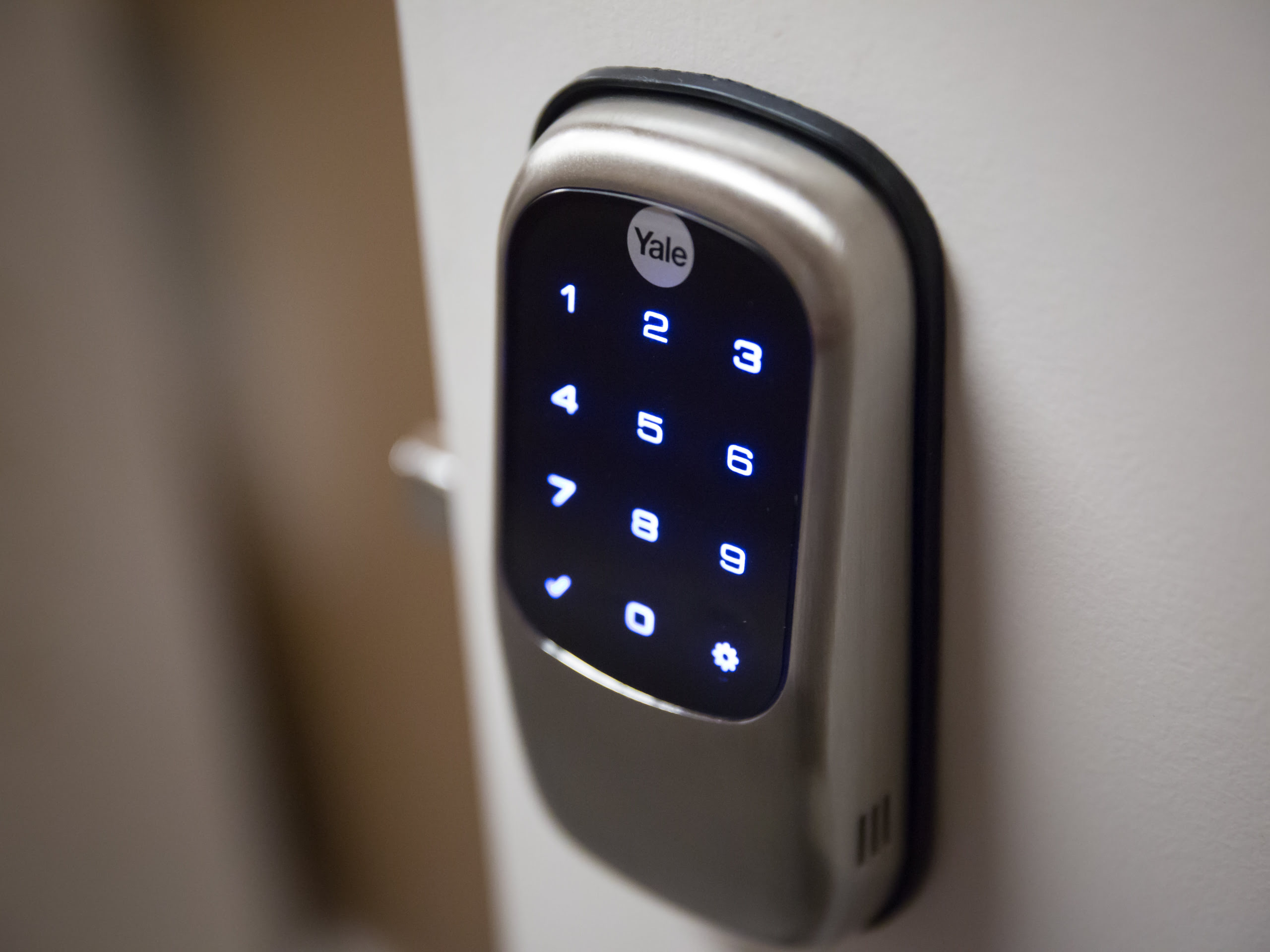

Security & Surveillance
How To Change Code On Yale Door Lock
Modified: May 6, 2024
Learn how to change the code on your Yale door lock for enhanced security and surveillance. Follow our step-by-step guide to update your lock code easily.
(Many of the links in this article redirect to a specific reviewed product. Your purchase of these products through affiliate links helps to generate commission for Storables.com, at no extra cost. Learn more)
Introduction
Read more: How To Change Code On Yale Smart Lock
Understanding the Yale Door Lock System
When it comes to safeguarding your home, the Yale door lock system provides a reliable and convenient solution. This advanced system offers a seamless blend of security and accessibility, allowing homeowners to control access to their properties with ease. Whether you're enhancing the security of your primary residence or managing access to a vacation home, understanding how to change the code on your Yale door lock is essential for maintaining a secure and flexible environment.
The Yale door lock system is designed to offer a high level of security while also ensuring user-friendly operation. With its innovative features and robust construction, this system is a popular choice for homeowners seeking a reliable and versatile access control solution. By familiarizing yourself with the process of changing the code on your Yale door lock, you can optimize the security of your property and streamline access management for yourself and authorized individuals.
In the following sections, we will delve into the intricacies of the Yale door lock system, providing a comprehensive guide on accessing the code change mode, altering the code, and testing the new code. By following these steps, you can effectively modify the access code on your Yale door lock, bolstering the security of your home and ensuring that authorized individuals can enter with ease. Let's embark on this journey to enhance the security and accessibility of your property with the Yale door lock system.
Read more: How To Change Code On Yale Smart Lock
Understanding the Yale Door Lock System
Before delving into the process of changing the code on your Yale door lock, it’s crucial to grasp the fundamental workings of this sophisticated security system. The Yale door lock system is renowned for its cutting-edge technology and robust security features, offering homeowners a reliable means of controlling access to their properties.
One of the key components of the Yale door lock system is its advanced keypad, which serves as the primary interface for entering access codes. This keypad is equipped with a durable and responsive design, ensuring seamless operation and longevity. Additionally, the illuminated display enhances visibility, allowing for easy code entry even in low-light conditions.
Beyond its user-friendly keypad, the Yale door lock system boasts a high level of security through its robust construction and advanced encryption protocols. The lock mechanism itself is engineered with precision, providing exceptional resistance to tampering and unauthorized entry attempts. Moreover, the system’s encryption technology ensures that access codes are securely stored and transmitted, mitigating the risk of unauthorized access.
Furthermore, the Yale door lock system offers versatile access control options, allowing homeowners to assign unique access codes to authorized individuals. This feature is particularly valuable for homeowners who wish to grant temporary access to service providers, guests, or renters. By assigning distinct codes, homeowners can easily manage access permissions and track entry activity.
Another noteworthy aspect of the Yale door lock system is its seamless integration with home automation and security ecosystems. Through compatible smart home platforms, homeowners can remotely monitor and manage their door lock, enhancing convenience and peace of mind. This integration also enables the incorporation of the door lock into comprehensive security systems, further fortifying the protection of the property.
By comprehending the intricacies of the Yale door lock system, homeowners can harness its full potential to fortify the security of their properties and streamline access management. With a solid understanding of the system’s features and capabilities, you are well-equipped to proceed with the code-changing process, which we will explore in the subsequent sections.
Accessing the Code Change Mode
Before initiating the process of changing the access code on your Yale door lock, it’s essential to access the code change mode, which enables you to modify the existing code and assign a new one. The steps for accessing the code change mode may vary slightly depending on the specific model of your Yale door lock, but the following general guidelines will help you navigate this crucial phase of the code-changing process.
Firstly, ensure that the door is open and that you have unrestricted access to the interior side of the lock. This will facilitate the code-changing procedure and prevent any potential inconvenience during the process. With the door open, locate the dedicated programming button or sequence of actions required to activate the code change mode. This button or sequence is typically situated on the interior side of the lock, within easy reach for user-friendly access.
Once you have identified the programming button or sequence, follow the manufacturer’s instructions for initiating the code change mode. This may involve pressing and holding the programming button for a specified duration or executing a sequence of actions on the keypad. As you engage with the code change mode activation process, ensure that you maintain a clear understanding of the provided instructions to proceed accurately.
Upon successfully activating the code change mode, the lock’s interface will typically provide visual or audible cues to indicate that it is ready to receive the new access code. This indication may vary depending on the specific model of the Yale door lock, but it is designed to signal that the system is primed for the code modification process.
It’s important to approach this phase with attentiveness and patience, as precision and focus are key to accessing the code change mode effectively. By carefully following the manufacturer’s instructions and observing any visual or audible cues from the lock, you can confidently proceed to the next critical stage: changing the code on your Yale door lock.
With the code change mode successfully accessed, you are now poised to proceed with altering the access code on your Yale door lock, a pivotal step in optimizing the security and accessibility of your property. We will delve into the intricacies of this process in the following section, empowering you to execute the code change with confidence and precision.
Changing the Code on Your Yale Door Lock
With the code change mode successfully accessed, you are now prepared to proceed with the pivotal step of altering the access code on your Yale door lock. This process empowers you to customize the access code according to your preferences, enhancing the security and convenience of your home. By following the guidelines below, you can confidently navigate the code-changing procedure and fortify the access control of your property.
Initiate the code modification process by entering the existing access code on the keypad, as prompted by the lock’s interface. This serves as a verification step to confirm your authorized access to the code change mode. Once the existing code is entered, the lock will acknowledge the input and prompt you to proceed with the code alteration.
Following the verification of the existing access code, carefully input the new access code that you wish to assign to your Yale door lock. Ensure that the new code aligns with your security preferences and is easy to remember for authorized individuals who require access to your property. The new code should adhere to any specified length or complexity requirements outlined by the manufacturer.
After entering the new access code, follow the lock’s prompts to confirm and finalize the code change process. This typically involves pressing a designated button or executing a specific action on the keypad to signify the completion of the code modification. Once confirmed, the lock will securely store the new access code and exit the code change mode, ensuring that the updated code is ready for immediate use.
It’s important to approach this phase with attentiveness and precision, as accurately inputting the new access code is crucial for seamless and secure operation. By adhering to the manufacturer’s instructions and maintaining focus throughout the code-changing process, you can effectively customize the access code on your Yale door lock, bolstering the security and accessibility of your property.
Upon successfully changing the access code on your Yale door lock, take a moment to ensure that the new code is securely stored and operational. Test the new code multiple times to verify its consistent functionality and confirm that it aligns with your security objectives. This proactive approach will provide peace of mind and validate the successful execution of the code change process.
By following these steps, you can confidently navigate the process of changing the access code on your Yale door lock, empowering you to optimize the security and accessibility of your property with a personalized access code. With the code successfully modified, you are now prepared to test the new code and validate its seamless operation, a crucial aspect that we will explore in the subsequent section.
To change the code on a Yale door lock, locate the reset button on the inside of the lock. Press and hold the button while entering a new code. Release the button and test the new code to ensure it works.
Read more: How To Change Battery On Yale Door Lock
Testing the New Code
After successfully changing the access code on your Yale door lock, it is imperative to conduct thorough testing to ensure the seamless operation and reliability of the new code. This critical phase allows you to validate the functionality of the updated access code, providing the assurance that authorized individuals can enter your property with ease while maintaining robust security measures. By following the steps outlined below, you can methodically test the new code and confirm its efficacy.
Initiate the testing process by closing the door and ensuring that the Yale door lock is in a secure and operational state. This foundational step sets the stage for comprehensive testing and allows you to gauge the performance of the new access code in real-world conditions. With the door closed, proceed to input the new access code on the lock’s keypad, mimicking the typical entry process for authorized individuals.
As you input the new access code, pay close attention to the lock’s response and operation. The lock should promptly acknowledge the input and initiate the unlocking process if the correct code is entered. Observe the responsiveness of the keypad and the lock mechanism, ensuring that the entry of the new code seamlessly triggers the unlocking action, granting access to the property.
Repeat the code entry and testing process multiple times to validate the consistent functionality of the new access code. By conducting repeated tests, you can ascertain that the lock reliably responds to the input of the new code, demonstrating its dependable operation and adherence to your security requirements. This thorough approach mitigates the risk of potential inconsistencies in the lock’s performance.
Invite authorized individuals who require access to your property to test the new code, further validating its functionality and convenience. By allowing trusted individuals to input the new access code and access the property, you can confirm that the code change has been successfully implemented and that the lock seamlessly accommodates authorized entry attempts.
Throughout the testing process, maintain a keen awareness of the lock’s behavior and responsiveness, ensuring that the new access code aligns with your security and accessibility objectives. If any irregularities or issues are observed during testing, revisit the code change procedure and ensure that the new code is accurately input and securely stored within the lock’s memory.
By diligently testing the new access code on your Yale door lock, you can instill confidence in the reliability and security of the updated code, fostering a seamless and secure access control environment for your property. With the new code successfully tested and validated, you can rest assured that your Yale door lock is equipped with a personalized access code that meets your exacting security and convenience standards.
Conclusion
Embarking on the journey to change the access code on your Yale door lock has empowered you to enhance the security and accessibility of your property with a personalized and robust access control solution. By gaining a comprehensive understanding of the Yale door lock system and navigating the process of accessing the code change mode, altering the code, and testing the new code, you have fortified the protection of your home while optimizing the management of authorized access.
The Yale door lock system, renowned for its advanced technology and user-friendly design, serves as a stalwart guardian of your property, offering a seamless blend of security and convenience. Through its durable construction, versatile access control options, and integration with smart home ecosystems, this system provides a formidable defense against unauthorized entry while affording homeowners the flexibility to manage access permissions with ease.
By accessing the code change mode with precision and following the manufacturer’s instructions, you have navigated the pivotal phase of preparing the lock for the alteration of the access code. This foundational step set the stage for seamlessly modifying the code, aligning it with your security preferences, and ensuring its secure storage within the lock’s memory.
Changing the access code on your Yale door lock was a decisive endeavor, enabling you to customize the code according to your security objectives and the needs of authorized individuals. By meticulously inputting the new code and confirming its successful modification, you have tailored the access control of your property to align with your exacting standards, fostering a secure and personalized environment.
The comprehensive testing of the new access code validated its seamless operation and reliability, affirming that authorized individuals can access your property with ease while upholding stringent security measures. Through the meticulous testing process, you have instilled confidence in the functionality of the new code, ensuring that it harmoniously integrates with your daily routines and security protocols.
In conclusion, the process of changing the access code on your Yale door lock has empowered you to fortify the security and accessibility of your property with a personalized and robust access control solution. By harnessing the capabilities of the Yale door lock system and navigating the code-changing process with precision, you have elevated the protection of your home, providing peace of mind and convenience for you and authorized individuals.
As you continue to leverage the advanced features and security measures of the Yale door lock system, you are poised to maintain a secure and flexible environment, adeptly managing access to your property while safeguarding against unauthorized entry. With a personalized access code seamlessly integrated into the fabric of your home security, you are well-equipped to embrace the future with confidence and peace of mind.
Now that you're equipped to update your Yale door lock code, why stop there? Enhancing home safety is always a wise choice. Dive into our detailed discussion on why you need home security, offering practical advice and insights that could safeguard your living space. If you're hands-on and ready for more projects, our how to tackle DIY home improvement will guide you through creative yet manageable tasks to elevate your home's charm and functionality. Both resources are designed to keep you informed and ready for the next step in home management.
Frequently Asked Questions about How To Change Code On Yale Door Lock
Was this page helpful?
At Storables.com, we guarantee accurate and reliable information. Our content, validated by Expert Board Contributors, is crafted following stringent Editorial Policies. We're committed to providing you with well-researched, expert-backed insights for all your informational needs.
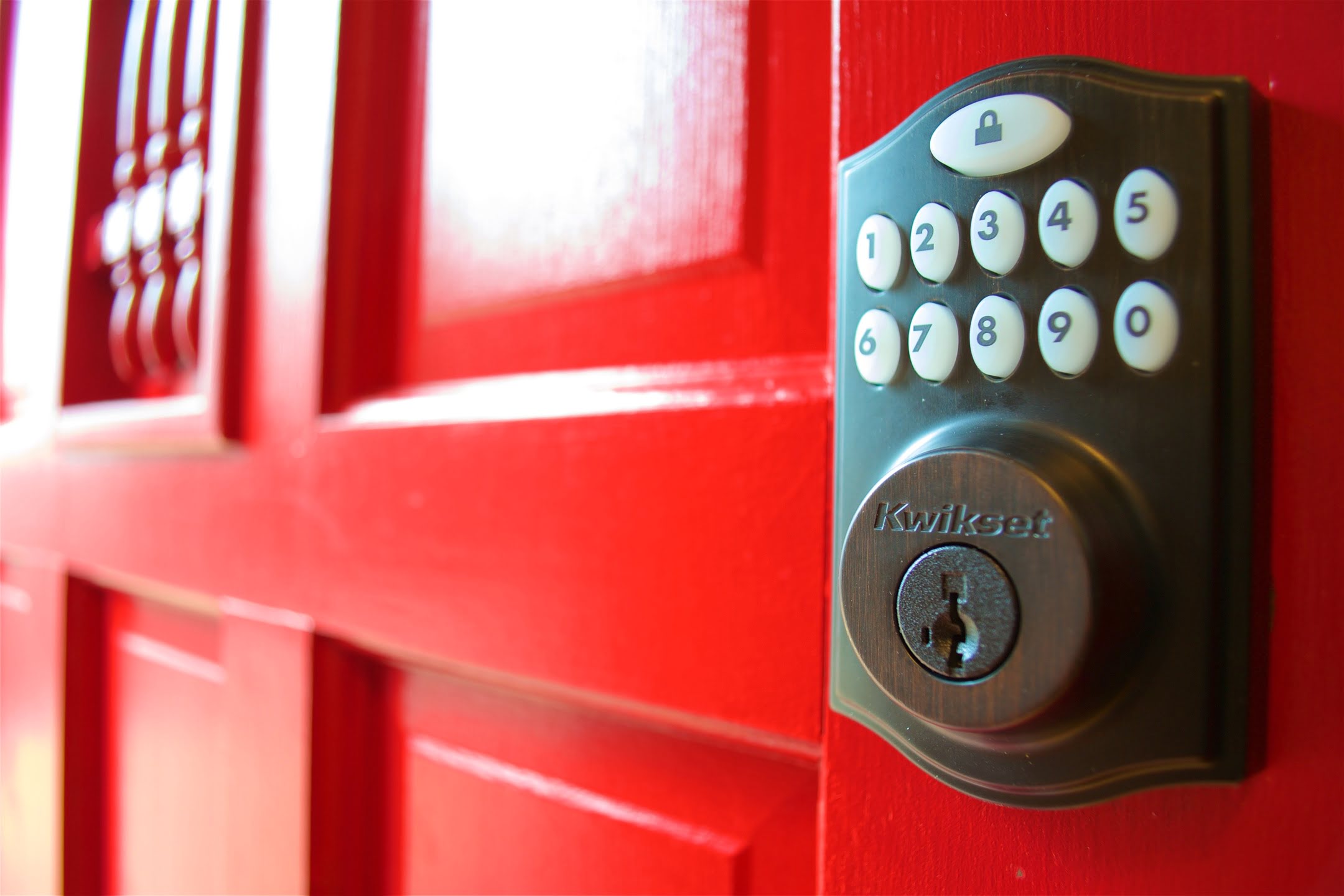
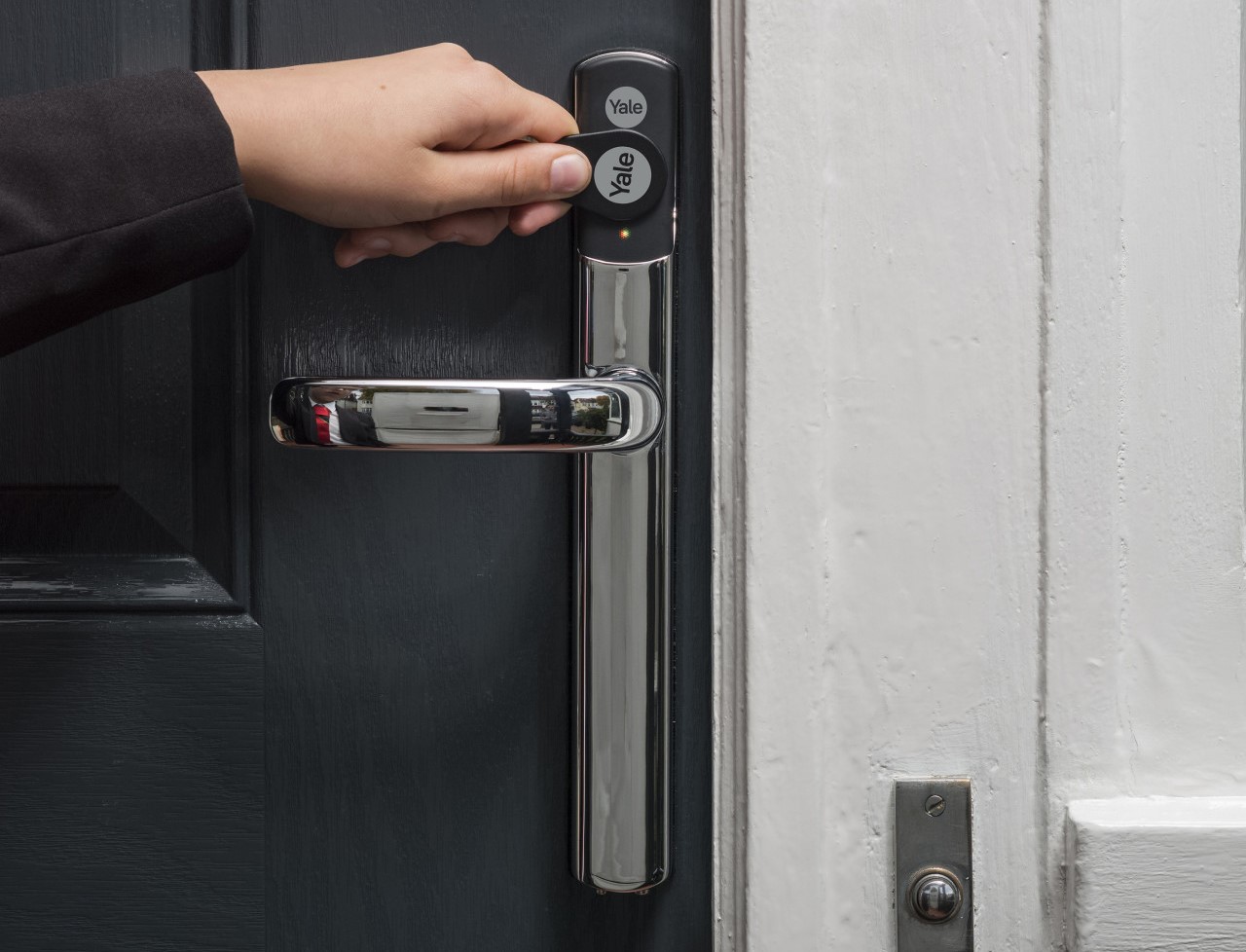
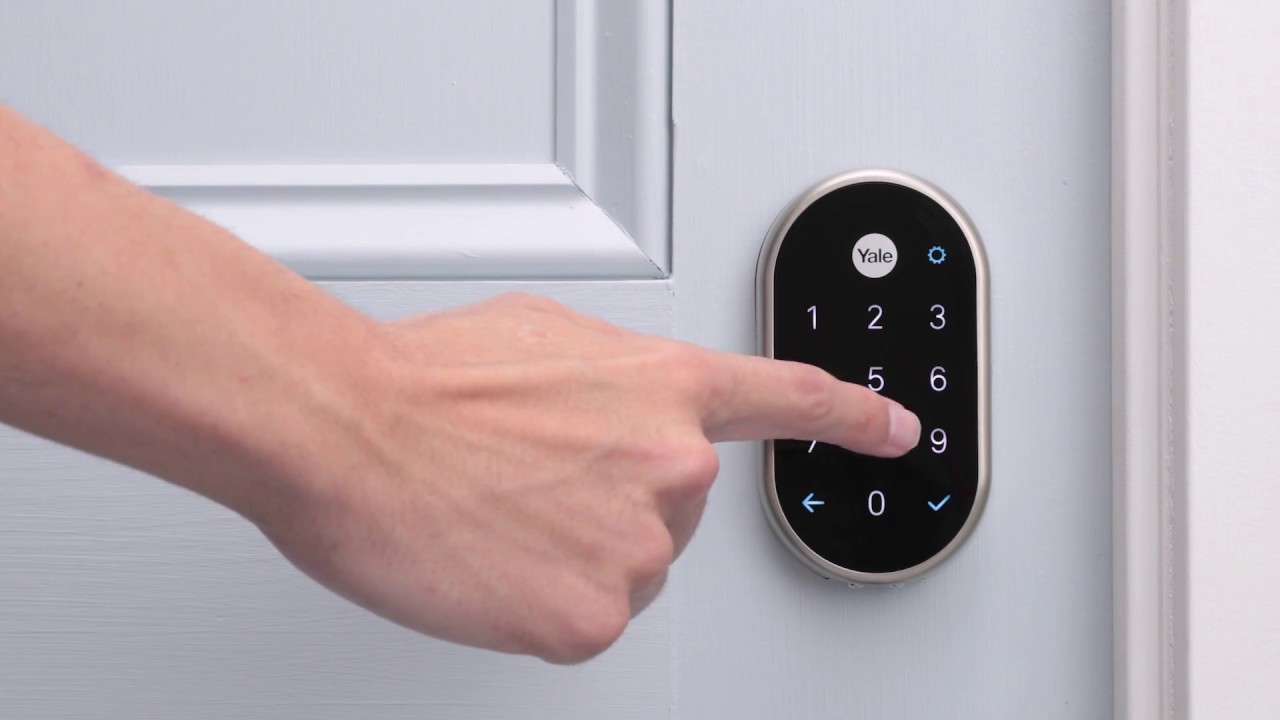
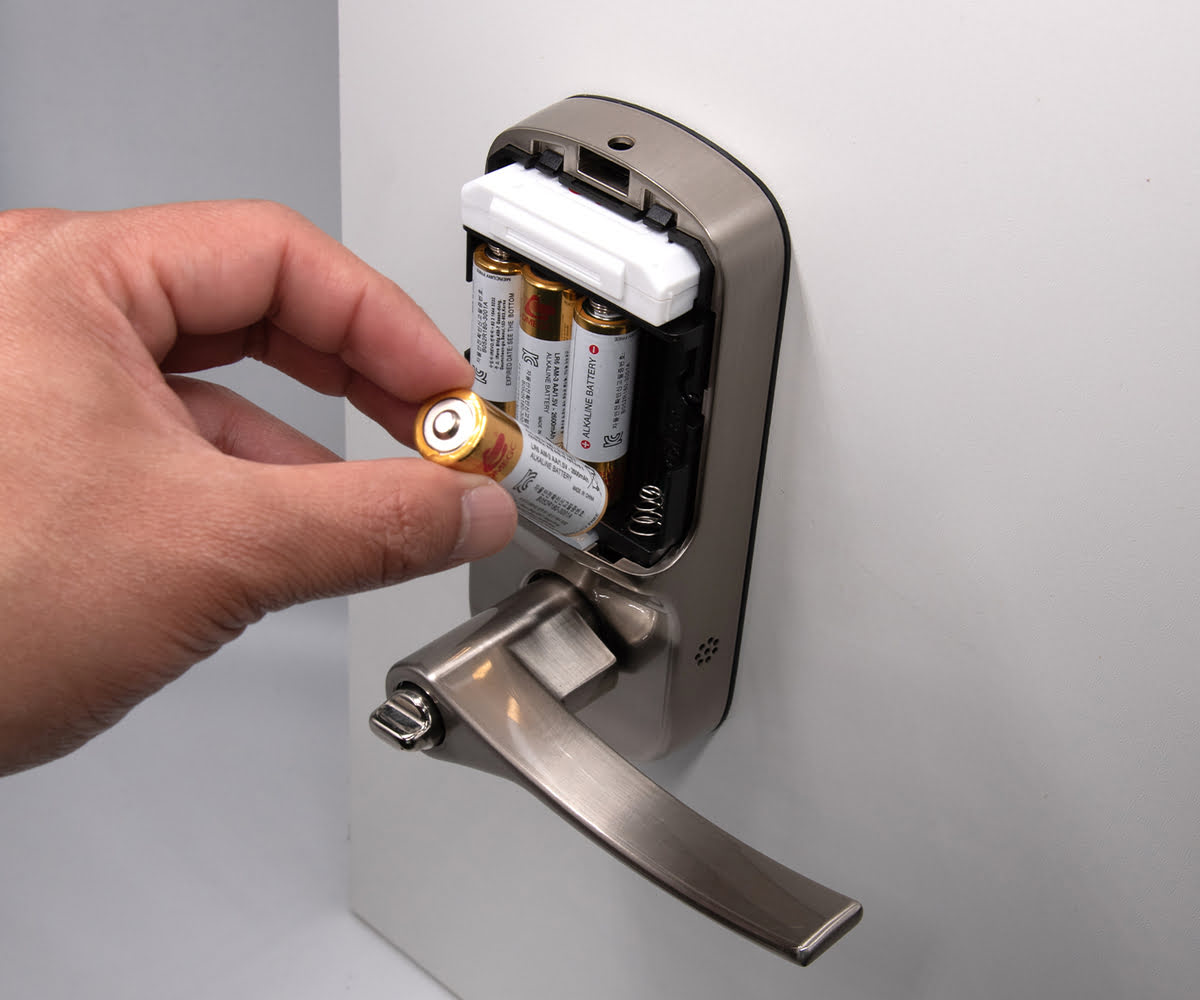
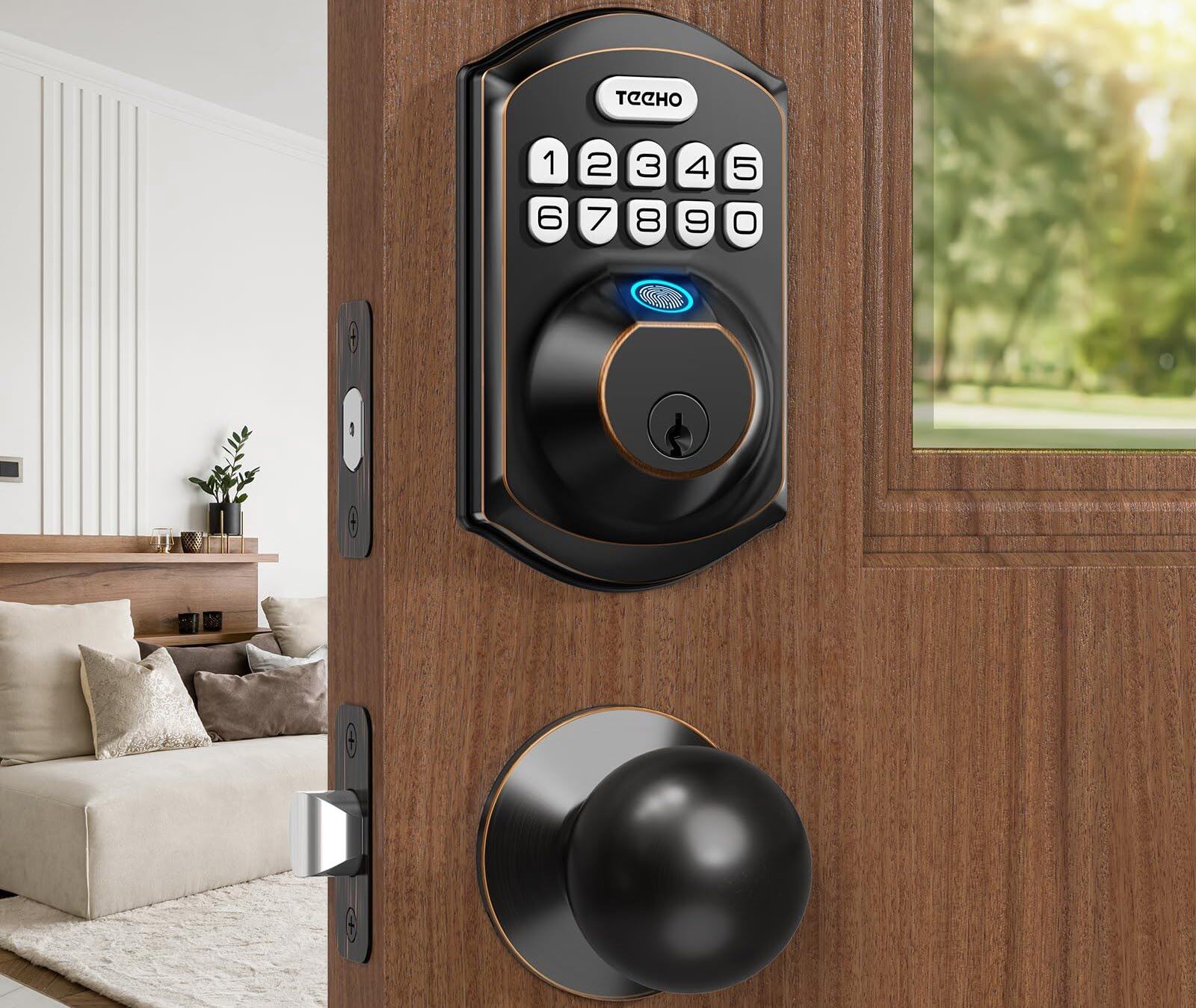
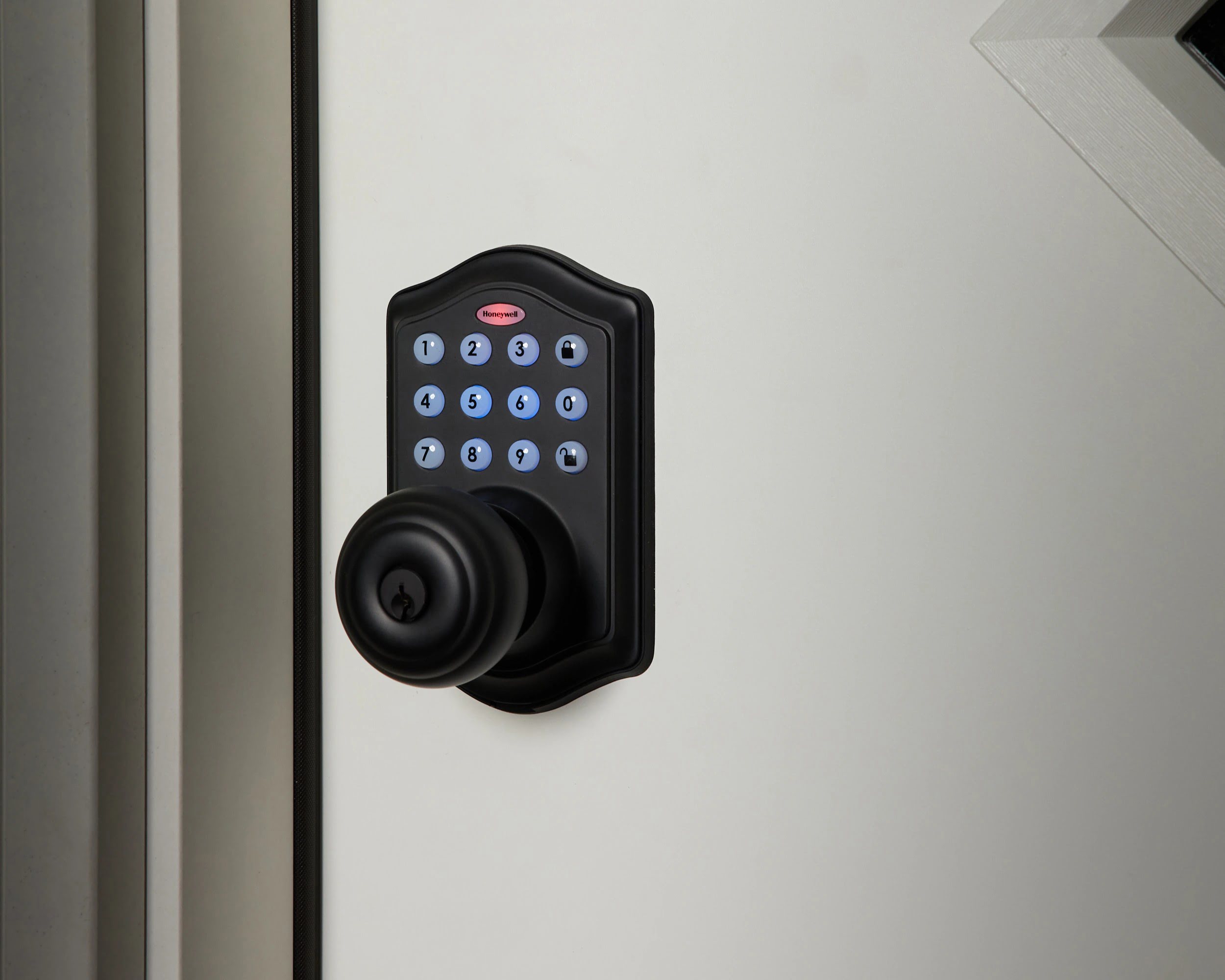
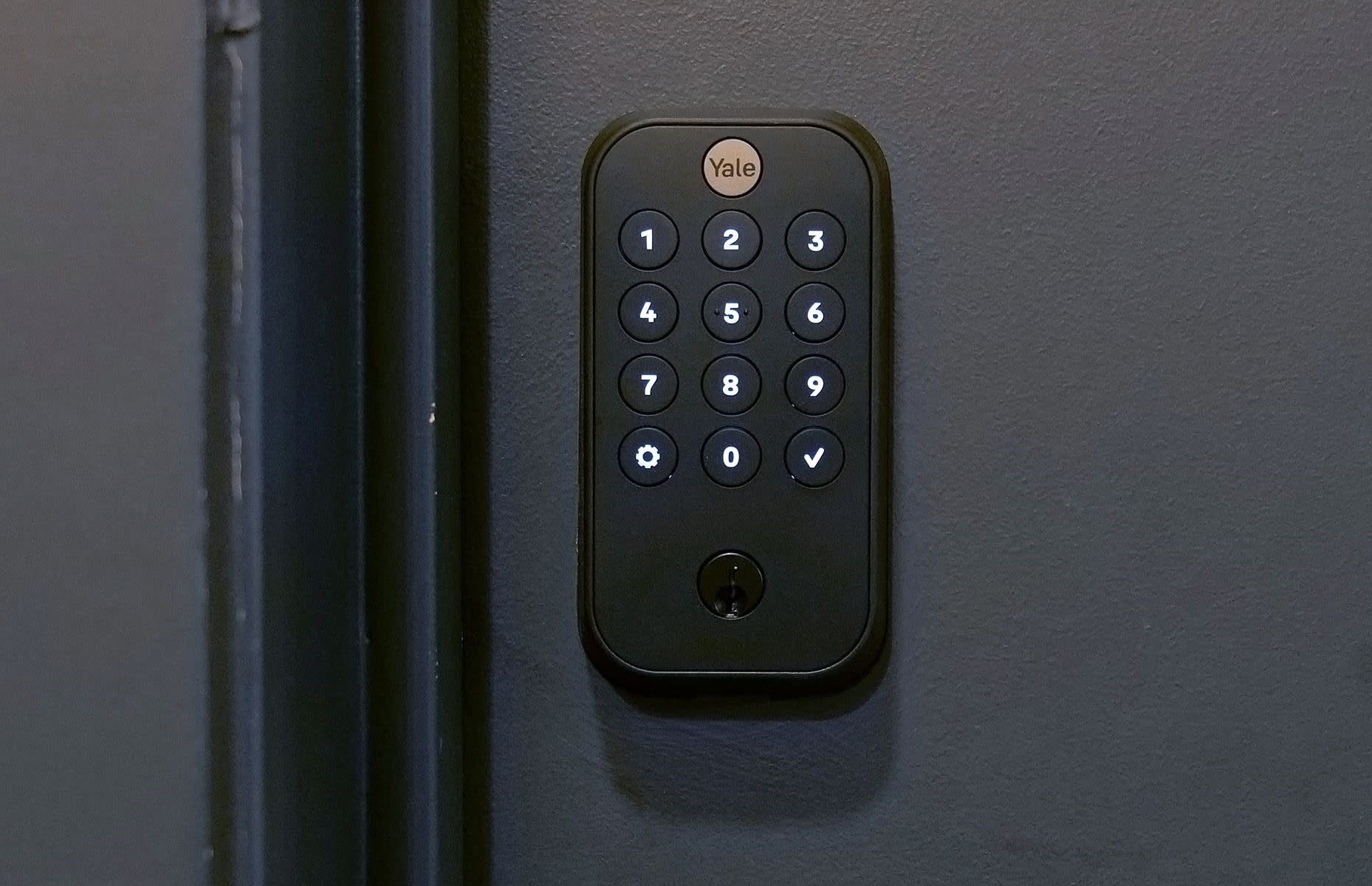
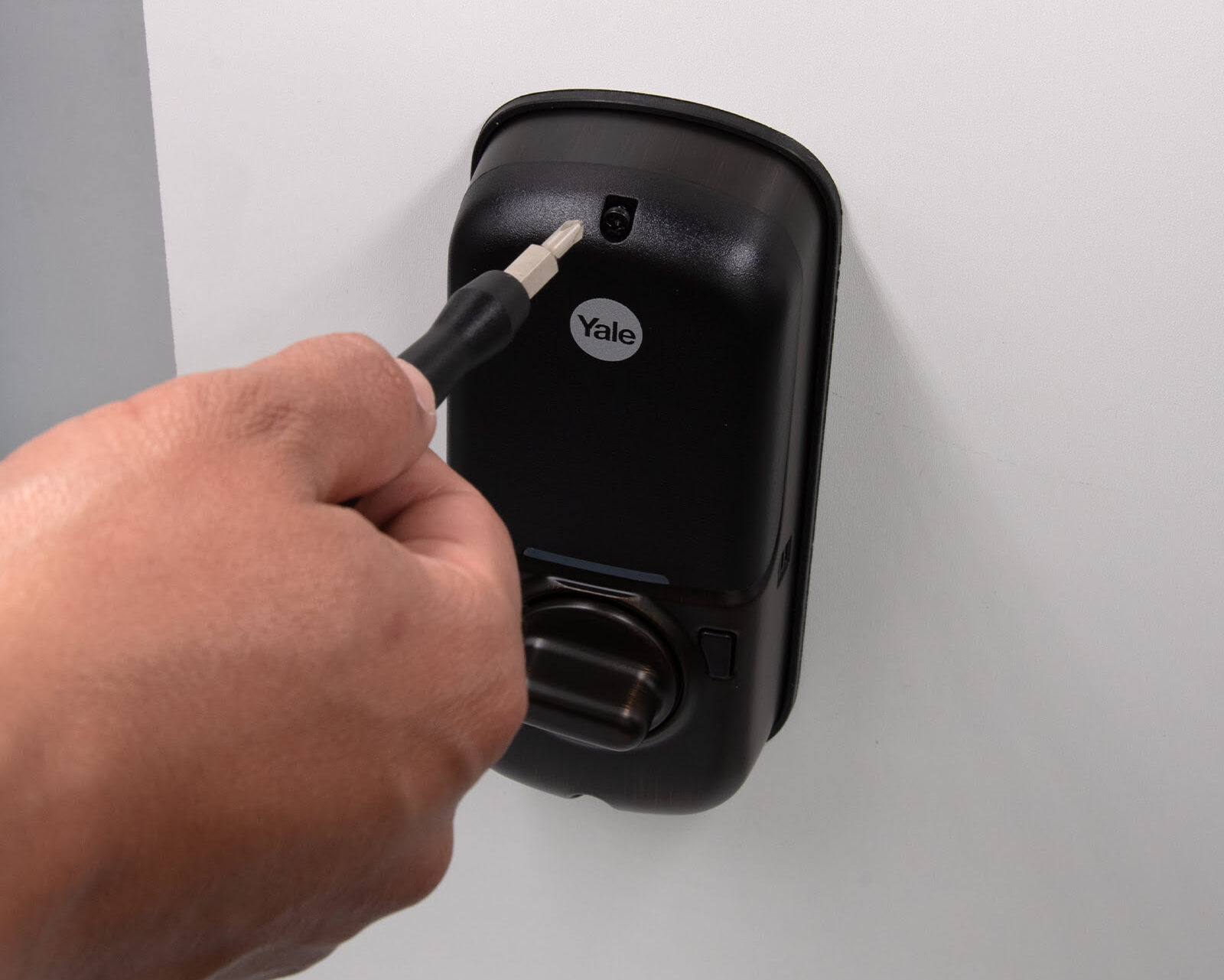
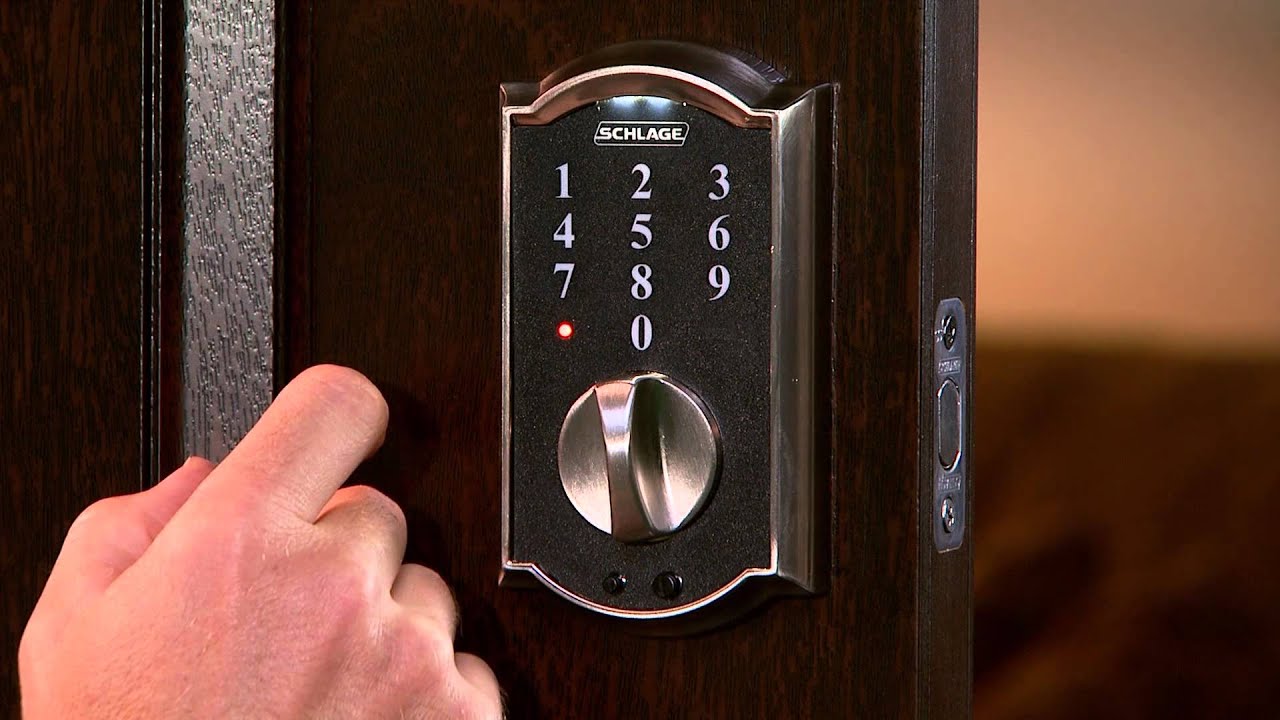
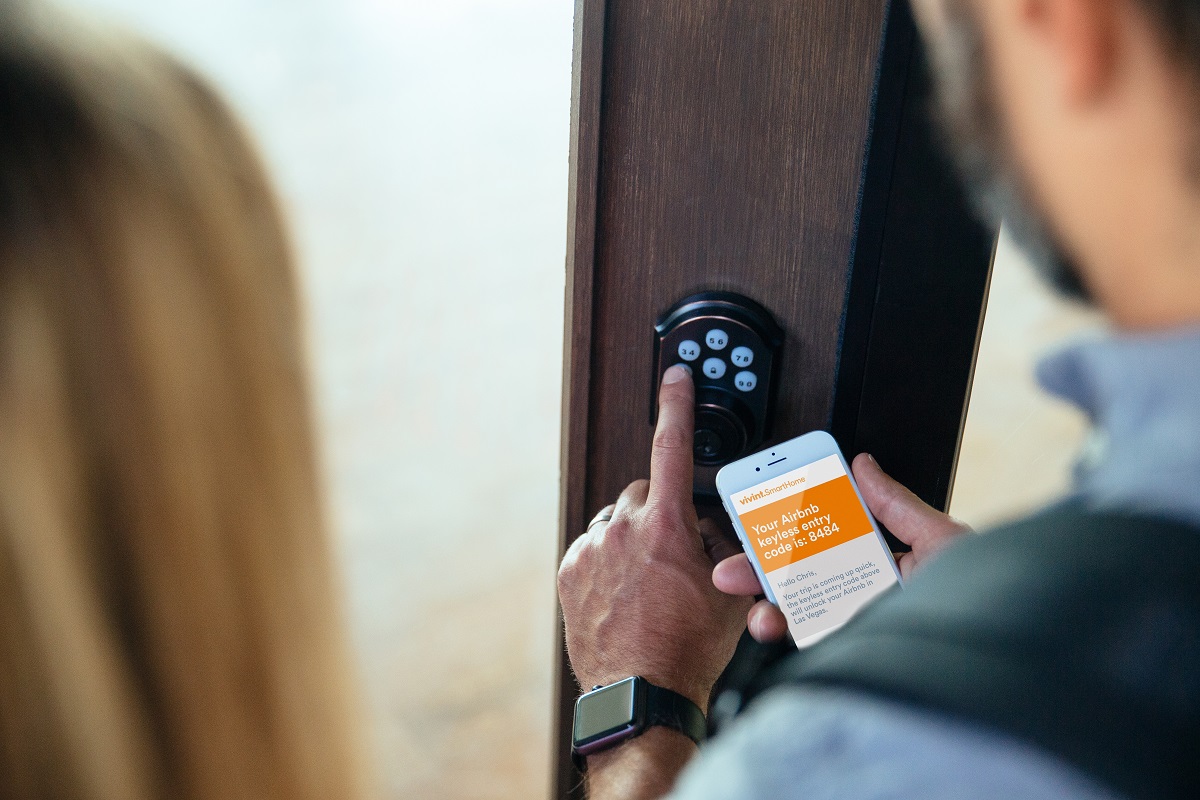
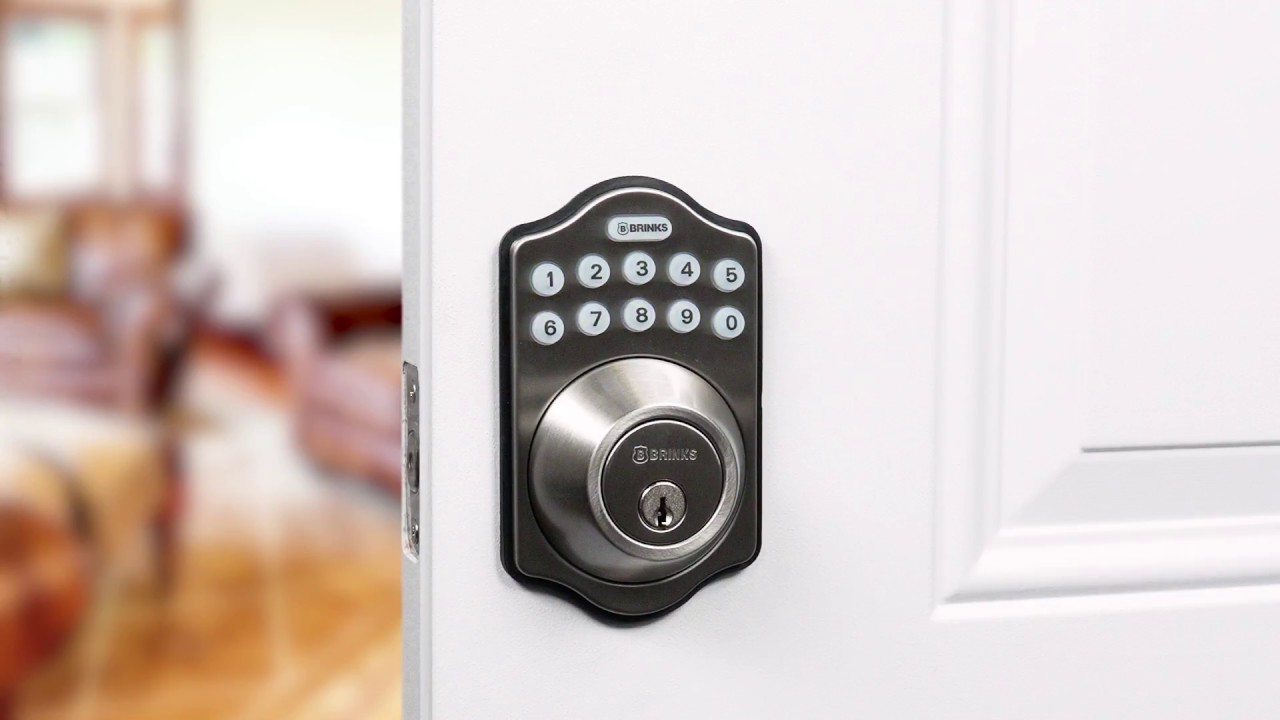
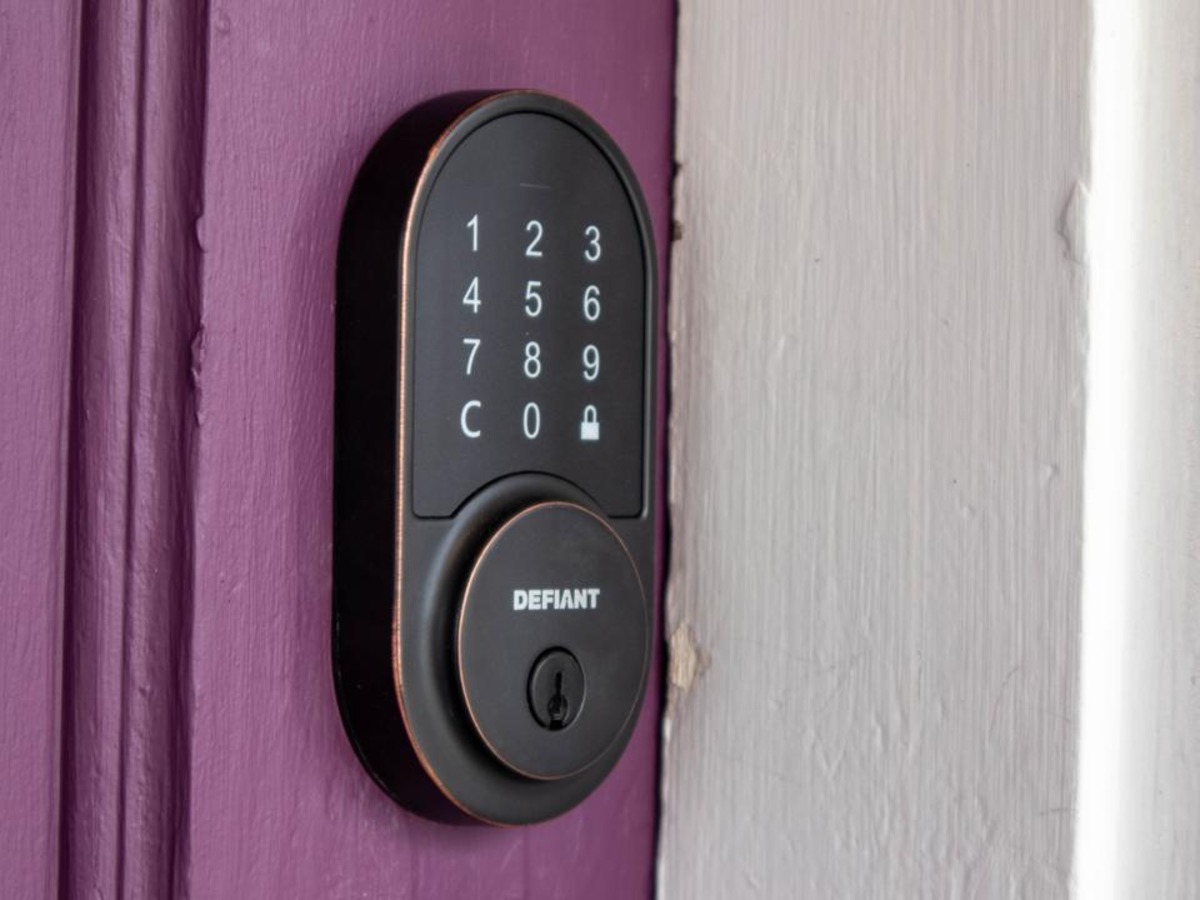
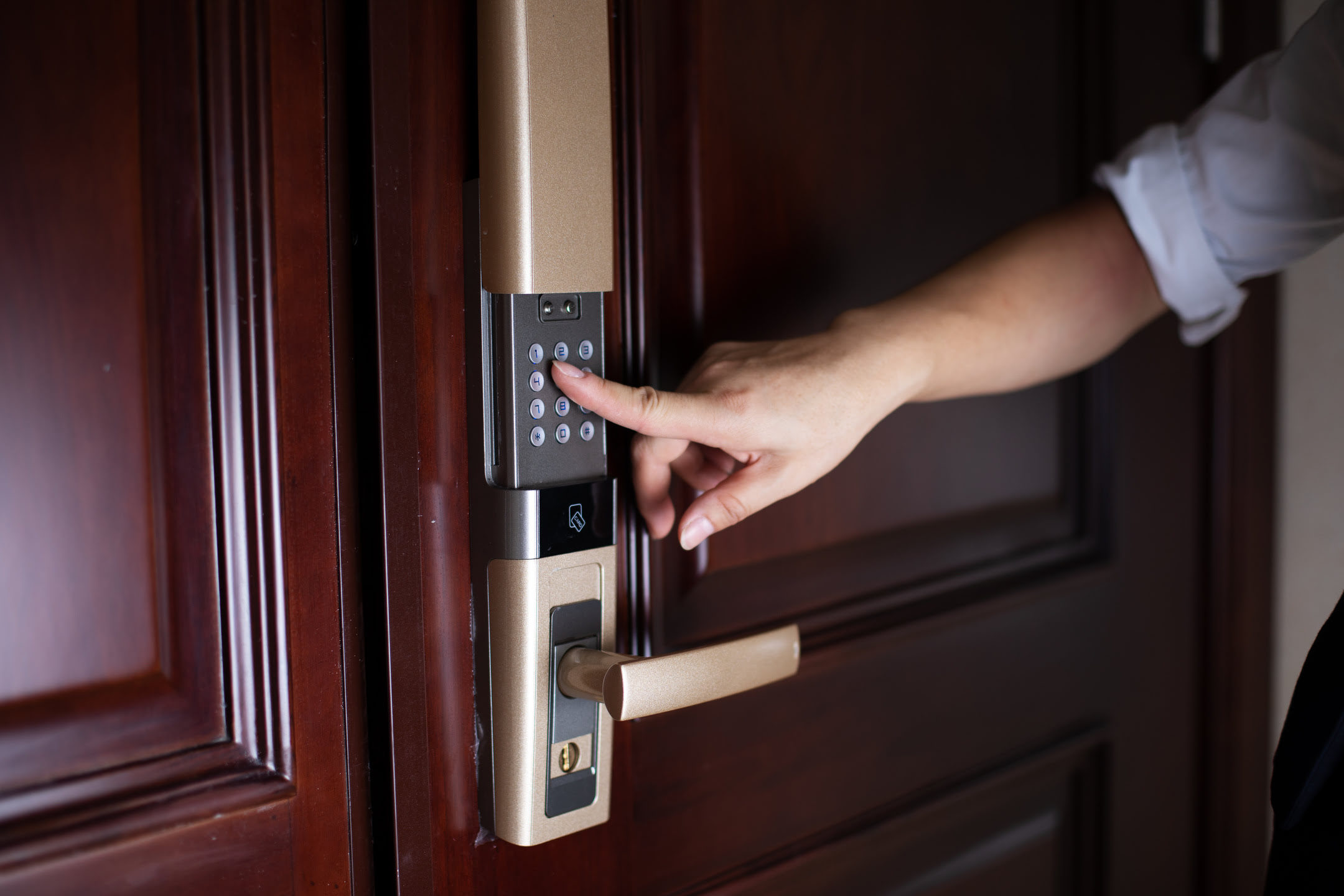
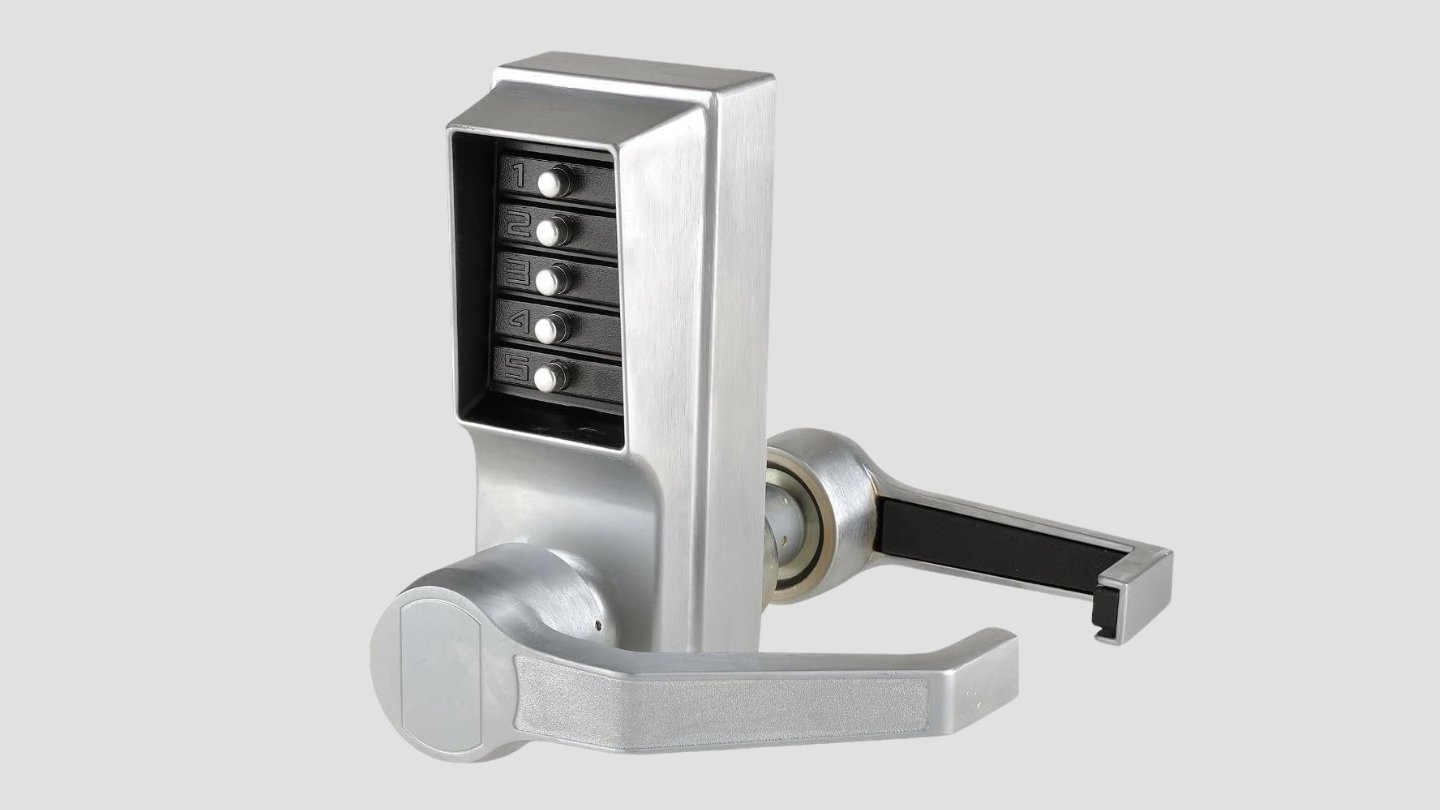

0 thoughts on “How To Change Code On Yale Door Lock”